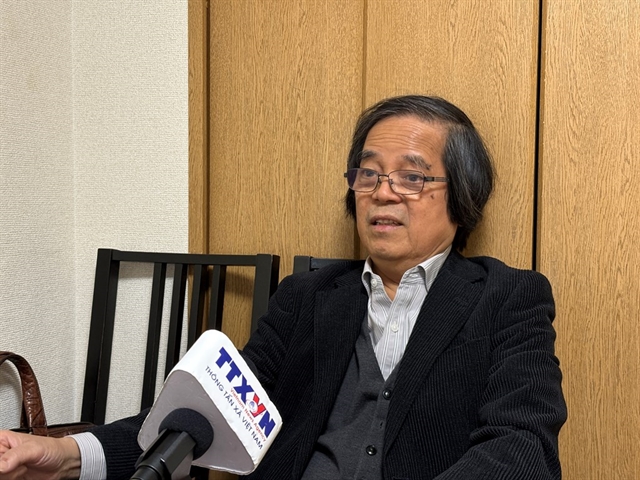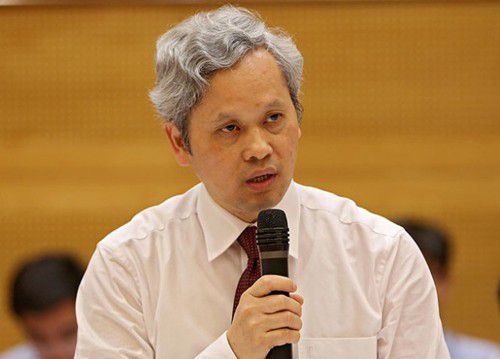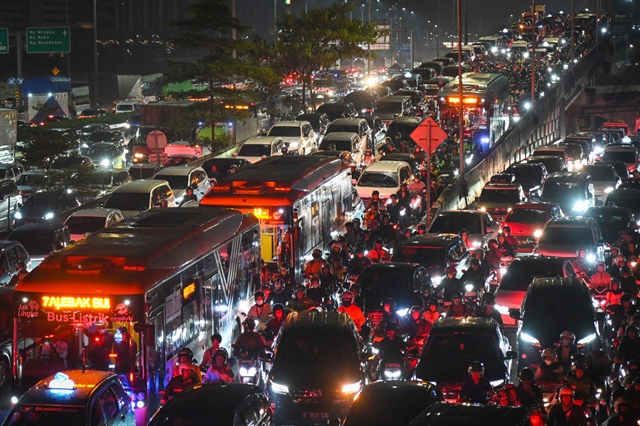 Opinion
Opinion

Nguyễn Bích Lâm, director general of the Statistics Office, talks to Việt Nam News Agency about what the country will do to maximise its resources to make the nation stronger.
 |
| Nguyễn Bích Lâm. — Photo dantri.com.vn |
Nguyễn Bích Lâm, director general of the Statistics Office, talks to Việt Nam News Agency about what the country will do to maximise its resources to make the nation stronger.
The General Statistics Office is the author of Resolution 39. Please outline its main points?
Resolution 39 provides a summary of successes, limitations and weaknesses in the management, exploitation, distribution, allocation and use of resources in the course of national development.
The Resolution reiterates the Communist Party of Việt Nam’s Central Committee’s views on the management, exploitation, use and enhancement of all available resources.
The document emphasises the need to diversify the mobilisation of various resources in society, including those of foreign investors, for national development.
The Resolution also has comprehensive and specific objectives covering human resources, material resources and financial resources from now till 2025; 2035 and 2045 when Việt Nam will mark its centenary celebration of the founding of the then Democratic Republic of Việt Nam – now the Socialist Republic of Việt Nam.
Does the Resolution include specific tasks to ensure the management, exploitation and use of economic resources?
Resolution 39 includes specific tasks for national economic resource. In terms of human resources, the document states clearly that by 2025, only 33 per cent of the country’s labour force will be working in agriculture, forestry and fisheries. By 2035 that figure is targeted to fall to under 25 per cent and to 15 per cent by 2045.
The Resolution also states clearly that by 2025, Việt Nam’s human development index (HDI) will achieve a high level internationally. By 2045, Việt Nam’s labour productivity and competitiveness will be at the average level of ASEAN-4.
Việt Nam has a target that by 2025 it will have a comprehensive legal system and policies. And by 2035, 99 per cent of the country’s natural land will be put into use while being able to restore 25 per cent of the natural degraded land.
Việt Nam also has a target that by 2045,the country’s infrastructure will be modernized, completed and on par with those from other developed nations.
Regarding financial resources, the Resolution has set objectives for each period. For example, by 2020, overspending of the State budget will be capped under 4 per cent of GDP; by 2030 it will be about 3 per cent. National financial reserves by 2025 will be from 0.8-1 per cent and then by 2035 it will reach 1.5 per cent. By 2045 it will reach 2 per cent of GDP.
The Resolution sets a target for national public debt of less than 60 per cent of GDP, while Government debt will be capped under 50 per cent.
To achieve these targets, does Resolution 39 mention specific measures?
The document has laid down specific measures to make sure the State Budget Law and Financial Law will be upheld by all Vietnamese public and private agencies.
We’ll complete our legal system and policy on public debt management to conform with Vietnamese and international laws and practices.
Last but not least, we will try our best to use ODA and other loans with high responsibility and accountability.
What measures will be introduced to make the best use of human resources, material resources and financial resources in 2019 and the years to come?
To gain the most benefits from these resources to promote our socio-economic development, the first thing we have to do is to carry out synchronous measures, including completing our legal system and policies while making the best use of the available resources.
We have to quickly change our growth model based on the exploitation of natural resources, investment capital and an intensive labour force to make the best use of differences resources, particularly high quality human resources.
We should also focus on lifting labour productivity with high quality and efficiency.
Last but not least, we should restructure our economy and enhance the advantages of our products in both the domestic and international markets.— VNS




